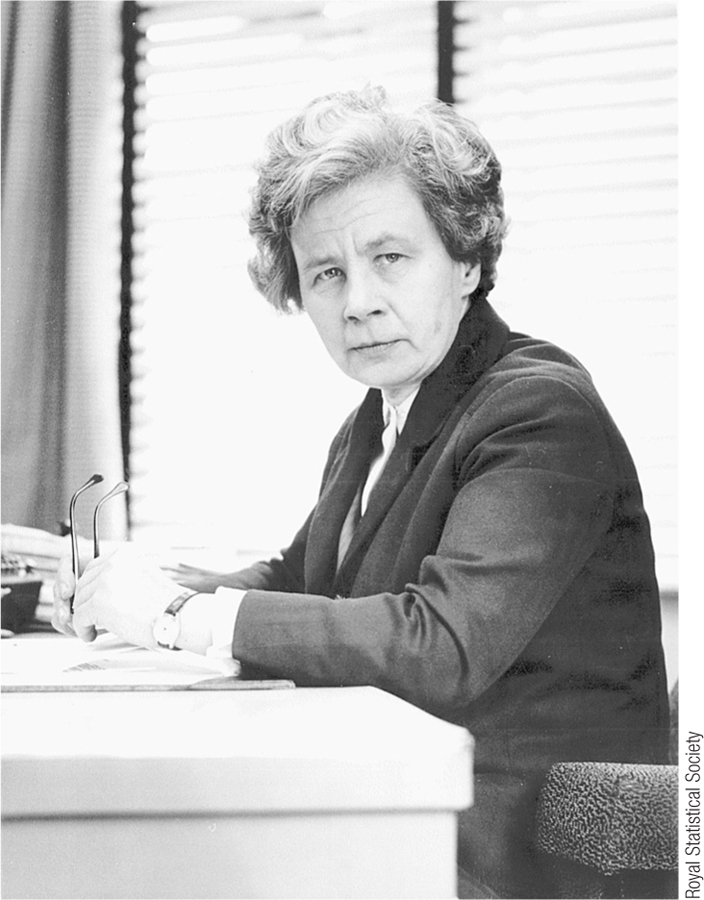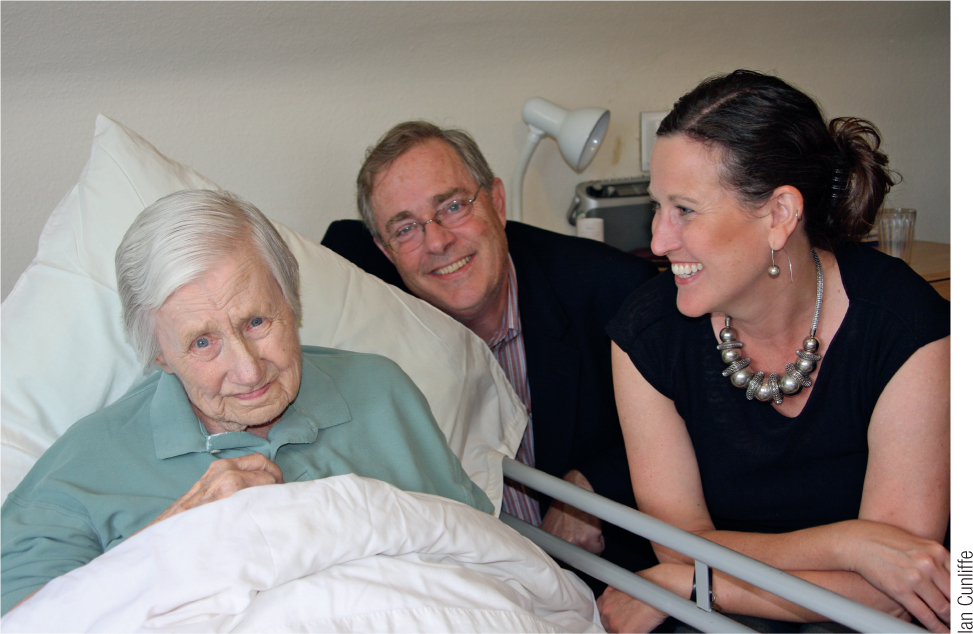Chapter 11
The Independent-Samples t Test
Conducting an Independent-Samples t Test
- A Distribution of Differences Between Means
- The Six Steps of the Independent-Samples t Test
- Reporting the Statistics
Beyond Hypothesis Testing
- Calculating a Confidence Interval for an Independent-Samples t Test
- Calculating Effect Size for an Independent-Samples t Test
Next Steps: Data Transformations
BEFORE YOU GO ON
- You should know the six steps of hypothesis testing (Chapter 7).
- You should understand the differences between a distribution of scores (Chapter 2), a distribution of means (Chapter 6), and a distribution of mean differences (Chapter 10).
- You should know how to conduct a single-sample t test (Chapter 9) and a paired-samples t test (Chapter 10), including the calculations for the corrected versions of standard deviation and variance.
- You should understand the basics of determining confidence intervals (Chapter 8).
- You should understand the concept of effect size and know the basics of calculating Cohen’s d (Chapter 8).
Stella Cunliffe, the first woman elected president of the Royal Statistical Society, built a path to success through two male-dominated industries: beer making and statistics. However, after living what she described as “a free and in many ways exciting life,” she probably wondered what she had gotten herself into after World War II when she accepted a job at the Guinness Brewing Company.
Cunliffe was a practical statistician whose insights helped her bypass long-standing social norms for gender. In her Royal Statistical Society presidential speech, she reminded her audience that applied “statistics are concerned much more with people than with vague ideas” and that it was “impossible to find human beings without prejudices and without the delightful idiosyncrasies which make them so fascinating” (1976, p. 4).
For example, the quality of handmade beer barrels came down to a simple decision by the quality control worker: accept or reject. But that decision was biased because accepting meant kicking a barrel downhill and rejecting required pushing a barrel uphill, clearly the more arduous task. Cunliffe “de-biased” these judgments by moving the quality-control workstation so that it required equal effort either to accept or to reject a barrel—and saved Guinness a great deal of money by reducing the number of false positives (accepting barrels that should have been rejected). We can “de-bias” many experiments in the same way: by equalizing initial conditions through random assignment to independent groups.
In Chapter 9, we learned how to conduct a single-sample t test (comparing one sample to a population for which we know the mean but not the standard deviation) and in Chapter 10 we learned how to conduct a paired-samples t test (such as a before/after design in which the same participants are in both groups). Here is a third situation calling for a t test: a two-group study in which each participant is in only one group. The scores for each group are independent of what happens in the other group. We also demonstrate how to determine a confidence interval and calculate an effect size for situations in which we have two independent groups.
Language Alert! The independent-samples t test is also called a between-groups t test.

